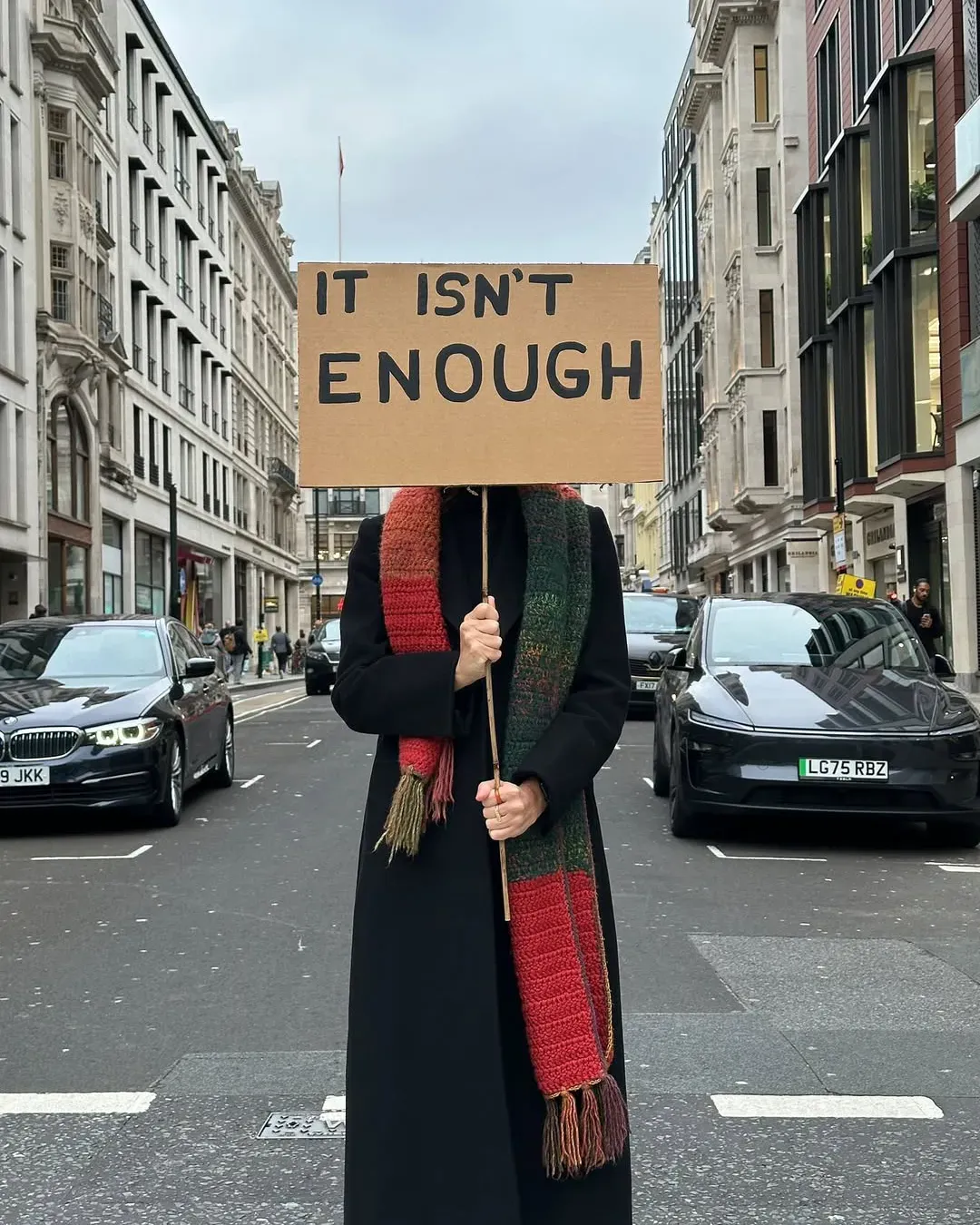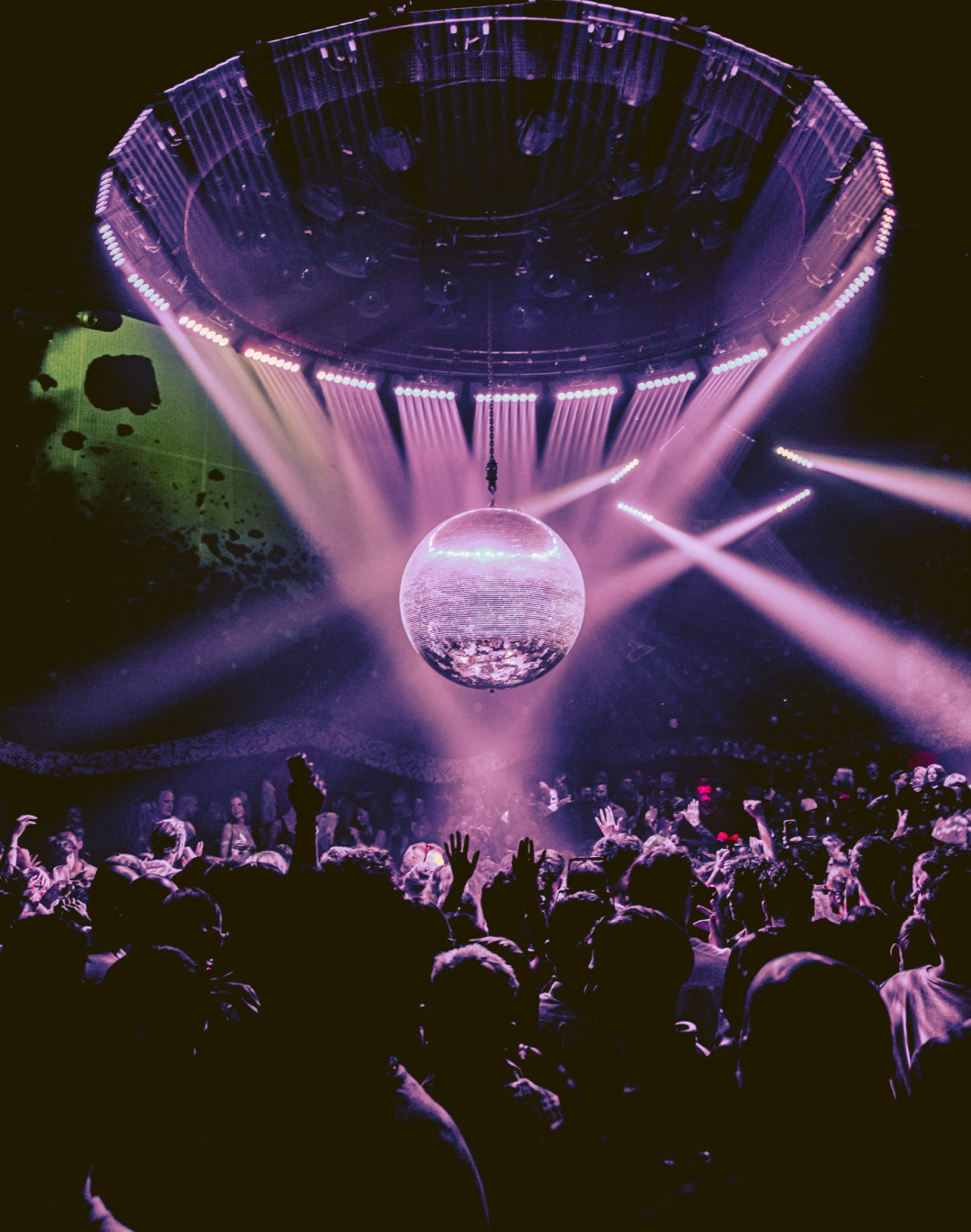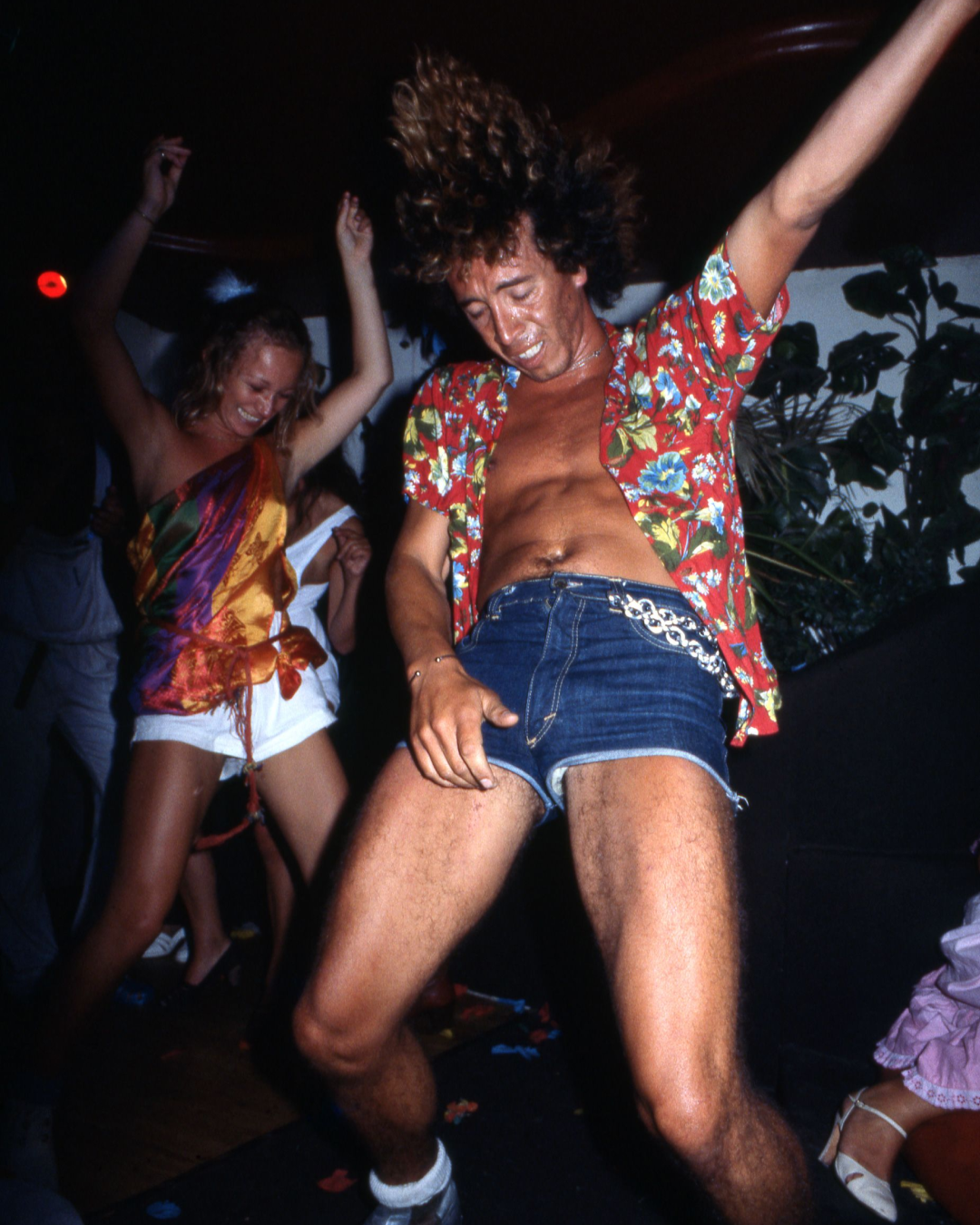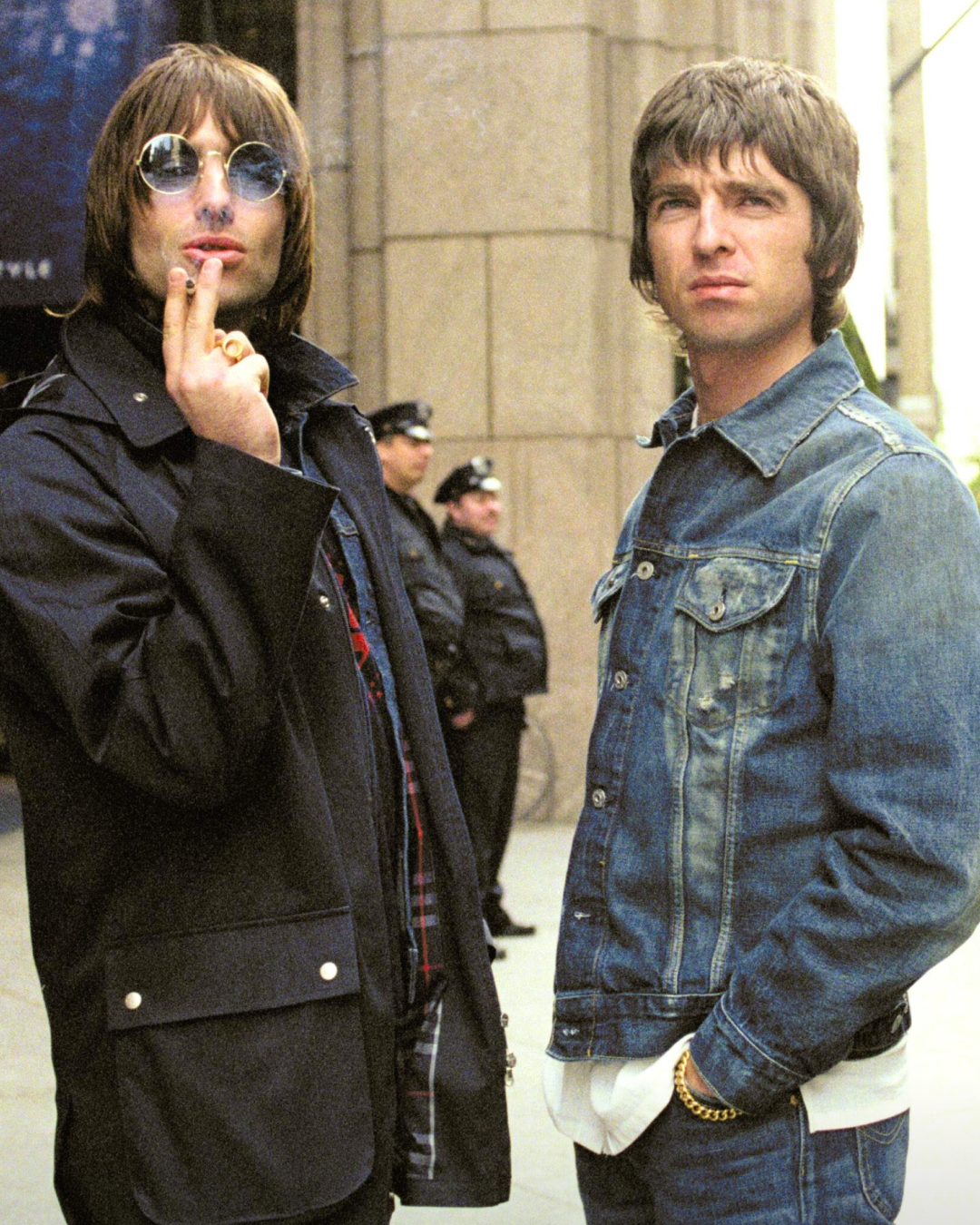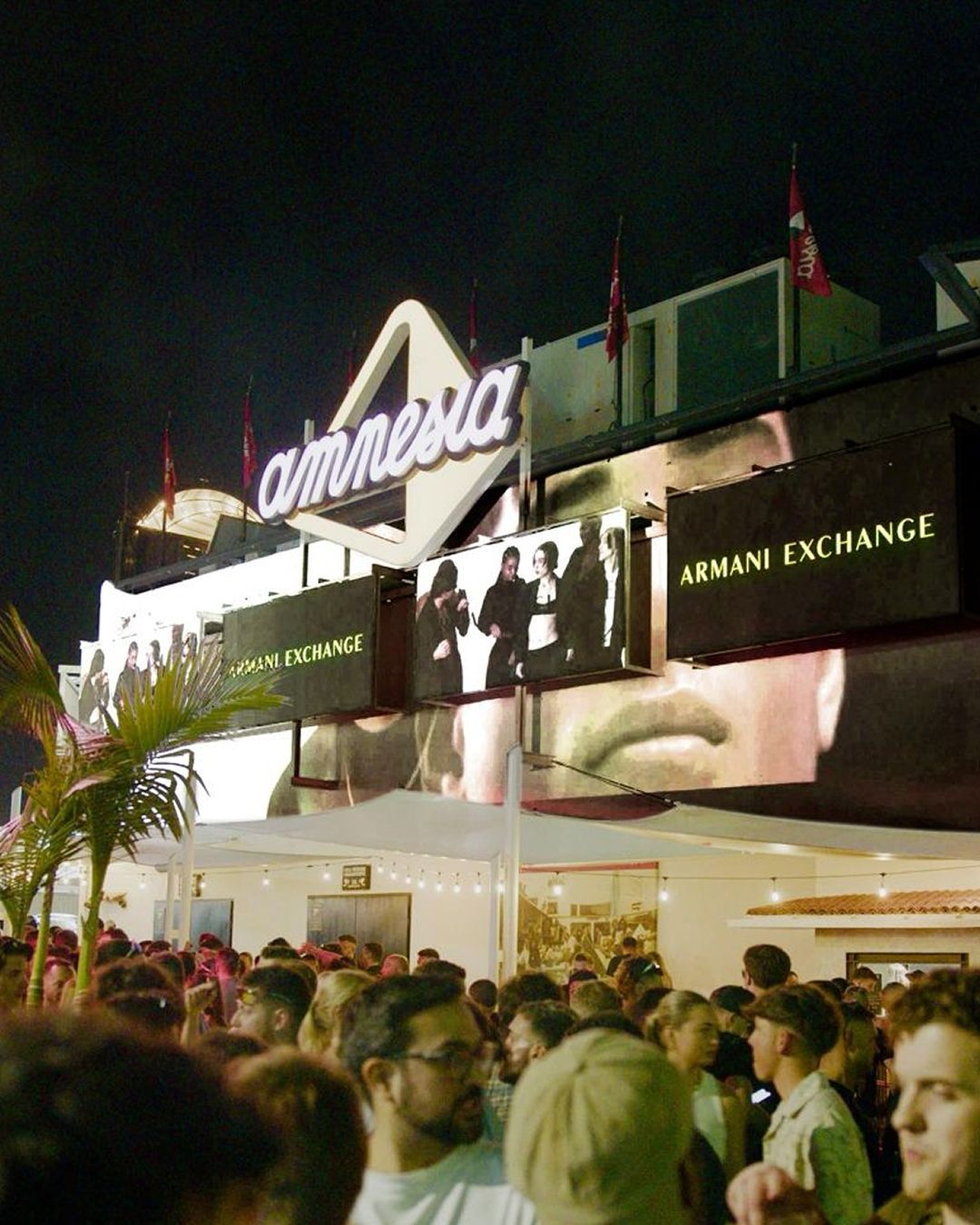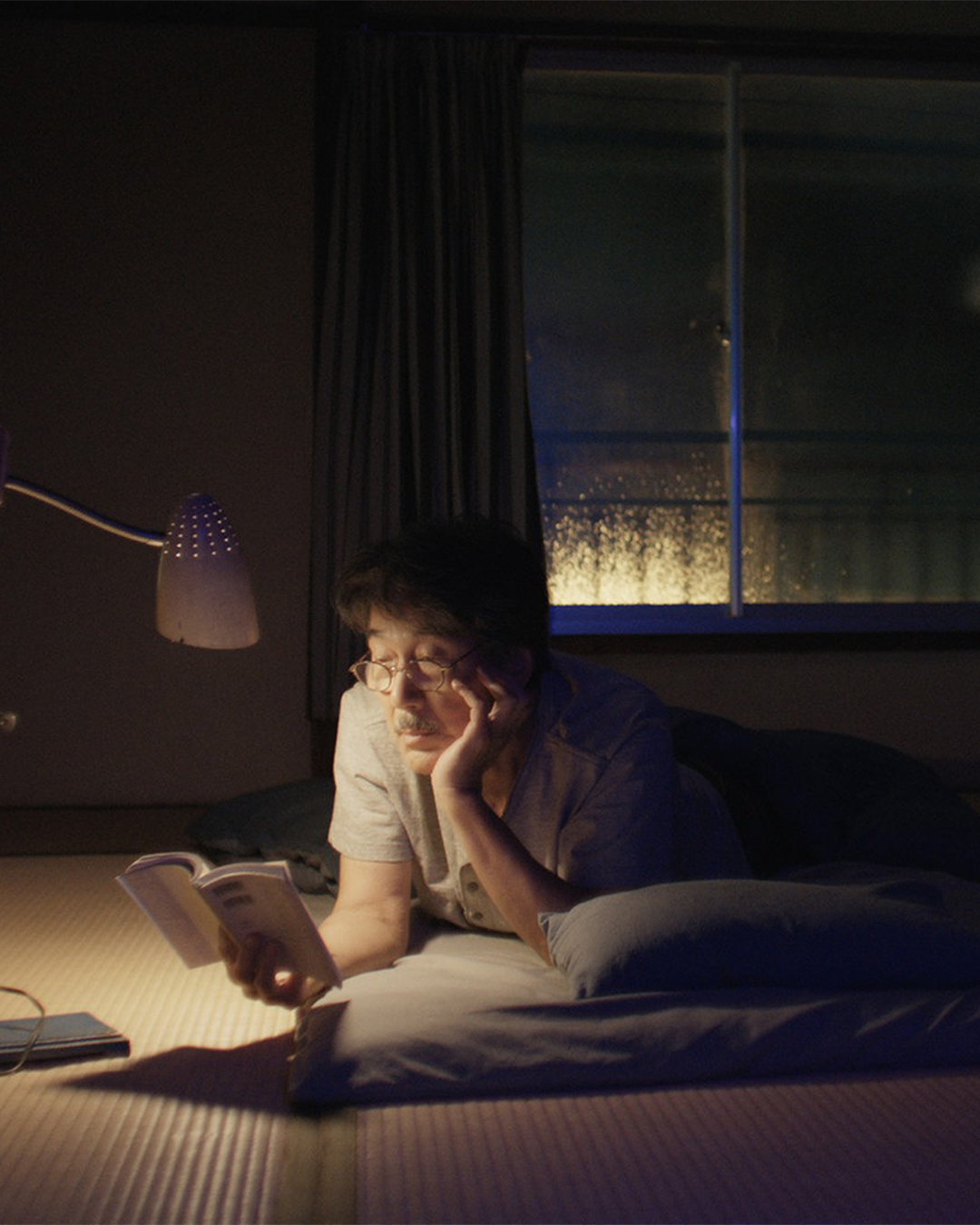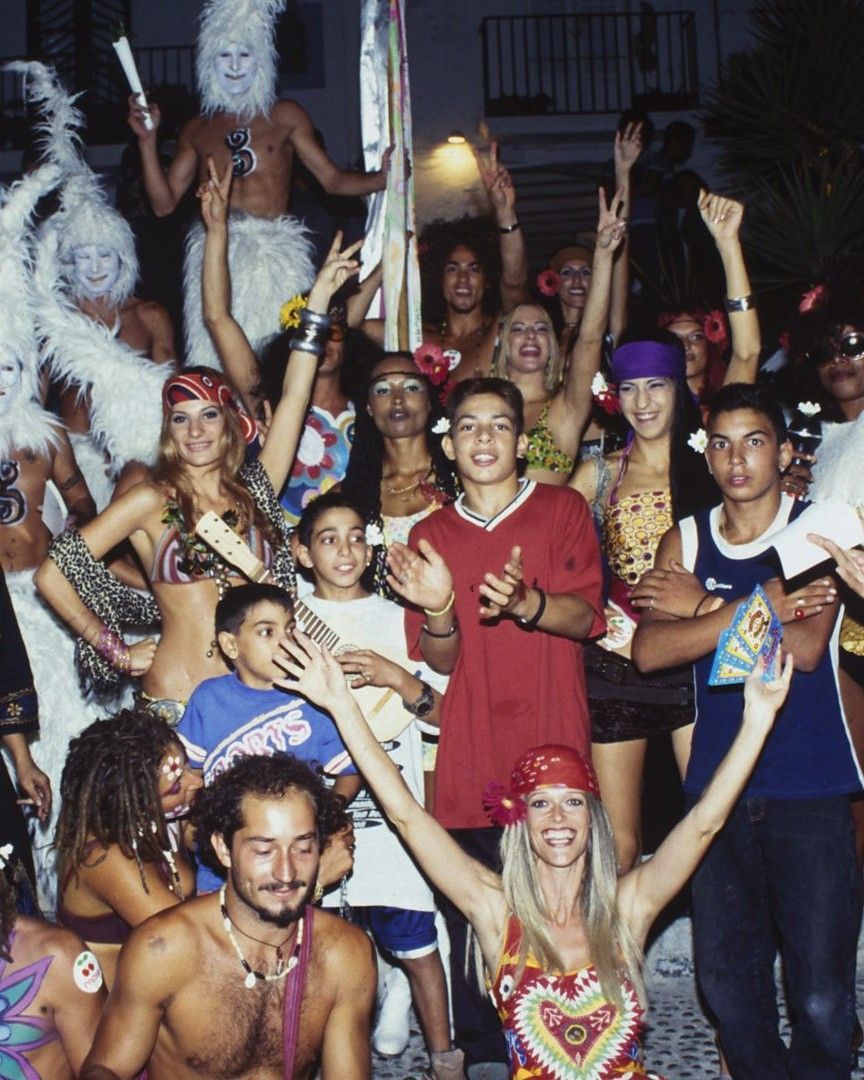
Ibiza's aesthetic through the decades From Jim Morrison to blokecore
Ibiza is not just a party island: it is a place steeped in mysticism, folklore, and an eclectic mix of cultures that have shaped its distinctive identity over the centuries. It is a place that, before attracting party-goers and revelers from Europe and the world, drew outlaws, eccentrics, shamans, and beatniks who contributed to the creation of the island’s culture, its reputation, and its legendary nightlife. The mystical energy of Ibiza has been a magnet for various cultures throughout history. The Phoenicians, who first settled on the island, worshipped the moon goddess Tanit and Bes, the Egyptian god of domestic protection, music, dance, and sexual pleasure. A cultural legacy still palpable in modern Ibiza, with full moon parties at Moon Beach and Sunset Ashram echoing the rituals of the past - gatherings that pay homage to the island’s ancient roots and its past suspended between mysticism and hedonism. This unique vibe and lifestyle have not only attracted all the most relevant subcultures over the past half-century, from beatniks to modern hypebeasts, but have also imposed a very specific style on visitors and residents, blending the island’s hippie and shamanic influences with the absolute modernity brought year after year by the flocks of young people who frequent it. A mix of floral prints and sportswear, western and modern blokecore clothing, exotic and shamanic vibes combined with club merchandise and beachwear. But to understand the specific style of Ibiza, one must first discuss the subcultures that have frequented it over time.
Ibiza and the Subcultures: From Hippies to Clubbing
Now on @FilmStruck: Barbet Schroeder's debut MORE (1969), an unrelenting portrait of 60s culture set in Ibiza and featuring an original score by Pink Floyd! pic.twitter.com/5BOi3gnj5E
— Criterion Channel (@criterionchannl) November 8, 2017
Ibiza’s clubbing culture has roots that go back long before the hippies of the 70s turned it into their utopia. From the 30s to the early 60s, the island was already a haven for bohemians, with artists, writers, and musicians seeking refuge and inspiration on its shores. After the Spanish Civil War, Ibiza’s isolation became a magnet for intellectuals and individuals fleeing the fascisms dominating Europe. The 60s saw Ibiza explode with the "flower power" revolution, attracting European hippies with its relaxed lifestyle, natural beauty, and favorable climate. Ibiza’s transformation into a cultural melting pot began with the arrival of the beatniks in the 50s and 60s, who were the precursors to the hippie movement. Locals called these newcomers "peluts" (hairy ones) due to their shabby appearance. Among them were prominent figures such as Bob Dylan, Joni Mitchell, and the Pink Floyd, whose presence on the island influenced its nascent music scene. During those decades, Pink Floyd’s albums "Ummagumma" and "More" became the soundtrack of Ibiza, capturing the psychedelic atmosphere that pervaded it. The island was also a refuge for eccentrics and nonconformists. For example, the Dutchman Bart Huges, who experimented with trepanation, a practice of drilling a hole in the skull to reach a higher state of consciousness, inspired by an island resident named Titi, who apparently extolled the psychotropic effects of being upside down.
In the 70s and 80s, rock stars like Eric Clapton and George Harrison partied on the island, while Debbie Harry of Blondie added to the island’s star-studded history. The famous Pikes Hotel, where Wham! filmed the video for "Club Tropicana", became the epicenter of rock 'n' roll debauchery, hosting the legendary birthday party of Freddie Mercury and attracting countless celebrities over the years. Andy McKay and Dawn Hindle, the current owners of Pikes, have continued to honor the hotel’s rock 'n' roll legacy. After launching the live concert series Ibiza Rocks in 2005, they brought a new wave of live performances to the island, featuring bands like Arctic Monkeys and The Prodigy.
Carl Cox giving it all, 1991@CARLCOXOFFICIAL#Tunr #Ibiza #Spaceibiza #90s #EssentialMix #IntecDigital #Global #Awakenings #FollowFriday pic.twitter.com/ujL8VfYQUR
— Tunr (@TunrOfficial) August 24, 2018
In the 70s, tourism had fully taken hold, setting the stage for the development of the island’s legendary nightlife. The opening of key venues like Amnesia and Pacha in the 70s marked the beginning of Ibiza’s transformation into a global clubbing mecca. These clubs quickly became synonymous with the island’s nightlife, attracting an elite crowd and establishing Ibiza as a must-visit destination for party-goers. The 80s saw the arrival of the sannyasin, followers of the Indian guru Osho, who brought the ritual of trance parties with them. Known locally as "los butanos" due to their orange robes, these spiritual seekers spent their summers in Ibiza after the monsoon season in Goa. They played a crucial role in the evolution of music in Ibiza, introducing a new dimension of spiritual and psychedelic experiences to the club culture.
The modern club scene in Ibiza, with its superstar DJs, continues this tradition of (and the definition is ours) secular shamanism, where music unites all present in a single, almost Dionysian ecstasy. This deep connection with the spiritual power of music is a fundamental element of Ibiza’s enduring appeal. Amnesia, originally a rural finca, was transformed into a nightclub by Antonio Escohotado in 1976. It became known as The Workshop of Forgetfulness, a place where people could escape from everyday life. The main DJ, Alfredo Fiorito, played a crucial role in shaping the club’s eclectic music policy. In 1988, British DJs Paul Oakenfold, Danny Rampling, and others visited the island and were inspired by Alfredo’s music, which they brought back to the UK, sparking the acid house movement. Pacha, which first opened in Sitges in 1967, arrived in Ibiza in 1973 at the height of the hippie movement. Founded by the Urgell brothers, Ricardo and Piti, the club grew into a nightlife empire known for its iconic cherry logo and international presence. The Pacha venue in Ibiza, designed to resemble a traditional farmhouse, became a symbol of the island’s party scene. Es Paradis, opened in 1975 in San Antonio, became famous for its unique pyramid roof and open-air structure. Although it later covered the dance floor due to noise legislation, it remains a popular spot for young clubbers in the area.
Meanwhile, Privilege, originally known as Club San Rafael, began as a restaurant and community pool before becoming a nightclub. In 1979, it was transformed into KU Club, gaining fame for its outdoor parties and spectacular shows. By the mid-80s, it was considered the leading polysensual nightspot in Europe, attracting a diverse crowd. Privilege’s history is also rich with rock 'n' roll tales. The club hosted Freddie Mercury’s 41st birthday party (which, it is said, was something absolutely legendary ) and was the site of the video shoot for "Barcelona" by Mercury and Montserrat Caballé. Space, now known as Hi Ibiza, opened in 1986 and became famous for its open-air terrace where party-goers could watch planes fly overhead. The club’s unique atmosphere and legendary resident DJ Carl Cox cemented its reputation as one of the best nightclubs in the world. Space closed in 2016, but rumors of its revival continue to circulate. Eden, originally Star Club, was renovated and renamed in 1999. Located in San Antonio Bay, it boasts a state-of-the-art sound system and multiple dance floors, attracting large crowds for events like Shine and Defected. DC10, a former airplane hangar, opened in 1999 and quickly became known for its infamous Circoloco parties. The club has faced numerous legal battles but has remained resilient, attracting top DJs and maintaining its underground spirit. Circoloco’s reputation grew, becoming a hub for the minimal techno genre, with residents like Luciano and Richie Hawtin.
Bohemian, Streetwear, and Blokecore
@clakovi back to isla bonita #ibiza #loewe sabrina please please please - iman .ᐟ⋆.
An island with such a culture can only have a corresponding style. Now, the most classic vibe of Ibiza, or at least the traditional one, is what we now define as boho-chic. Ibiza’s boho style dates back to the 60s and 70s, when beatniks and hippies flocked to the island, drawn by its free and tolerant atmosphere. The boho aesthetic emerged thanks to them: flowing, loose garments, ethnic patterns, a mix of cultural elements from both India and Native Americans. Through the many connections that American rockers have had with the island, Ibiza’s style has also taken on western traits: in this sense, we could say that Jim Morrison (a permanent resident of room 32 at the Alta Cienga Motel, which still exists) best represents that trend that moved from true hippie culture to more Americanized territories that still exist today in brands like TwoJeys that are building a small empire on Ibiza, its villas, boats, and motorcycles. Another brand, this time a luxury one, that has aimed to tell the spirit of the island is Loewe which, starting in 2017, began a collaboration with the local boutique Paula’s Ibiza, which over the years has become a standalone line of the brand that channels much of that aesthetic made of floral prints, loose fits, raffia accessories, tunics, and sandals.
Loewe x Paula’s Ibiza lensed by Gray Sorrenti over the years pic.twitter.com/Ci2nBiu22y
— T Æ Y0-NG (@GTroubleArtist) April 8, 2024
Naturally, however, Ibiza is also a place primarily frequented by young people. Which can only mean one thing: streetwear. Far from the world of luxury, certainly distant from the shamanic vibes of more seasoned residents, young people from around the world have brought their vacation wardrobes to the island’s streets, made of sportswear and sneakers, basketball shorts, and tank tops. In this mix of youth clothing brought by tourists, one cannot fail to mention the merchandise, especially that of Circoloco. The series of events that later became itinerant around the world launched a huge number of DJs and musical artists like Ricardo Villalobos, Peggy Gou, Seth Troxler, Luciano, Rampa & Me, Loco Dice, and Ellen Allien involving creatives like Maurizio Cattelan, the Toilet Paper studio, and designers like Riccardo Tisci and Virgil Abloh (who also opened the event in Milan when it came to the city). Circoloco, its founder Antonio Carbonaro, and Andrea Pelino created the modern concept of clubbing in that era and launched a brand that was the first to pioneeringly mix lifestyle, creativity, and fashion thanks to No Soul For Sale, a line of clothing and accessories that made the color red of Circoloco the first and most important element of recognition. Another protagonist of these events was Marcelo Burlon, who has made Ibiza his home and who, playing roles as curator, DJ, sound designer, and fashion designer, has bridged the gap between clubbing and streetwear.
@fra_damo Ibiza + Peggy = #peggygou #ibiza #dc10ibiza #circoloco #perte #fyp suono originale - Francesca
However, the Ibiza style is not a monolith; rather, it welcomes and incorporates various trends. The most excellent example of this is the blokecore trend, which has perhaps been the only one in recent times to take shape from an already established use by young men around the world and make its entry from below into institutional fashion. Both Spaniards, English, and Italians, who are among the island’s most frequent visitors, had made classic football jerseys a common sight on the beach and during evening aperitifs. The result is that those football jerseys seen on beaches and in clubs represent a casual but stylish approach, deeply rooted in the local culture, and attributable to the island’s diverse visitor demographics who embrace football not just as a sport but as a lifestyle. The fusion of football culture with elements of streetwear creates a unique aesthetic that is both nostalgic and contemporary, very Ibiza in spirit, though quite informal.
The football jersey is traditionally worn to go to the beach or even to cover up during runs from the beach to bars or chalets. If the term “blokecore” dates back to 2021, coined by TikToker Brandon Huntley, the look is much older, and we could attest to its presence among English hooligans of the 70s and many Italian fans of the same era. Thanks to TikTok, that look perceived as basic, almost shabby for a man, found a legitimization that soon reached the runways. But before fashion weeks, the look had found an even more important legitimization – that of Ibiza’s dance floors.










































